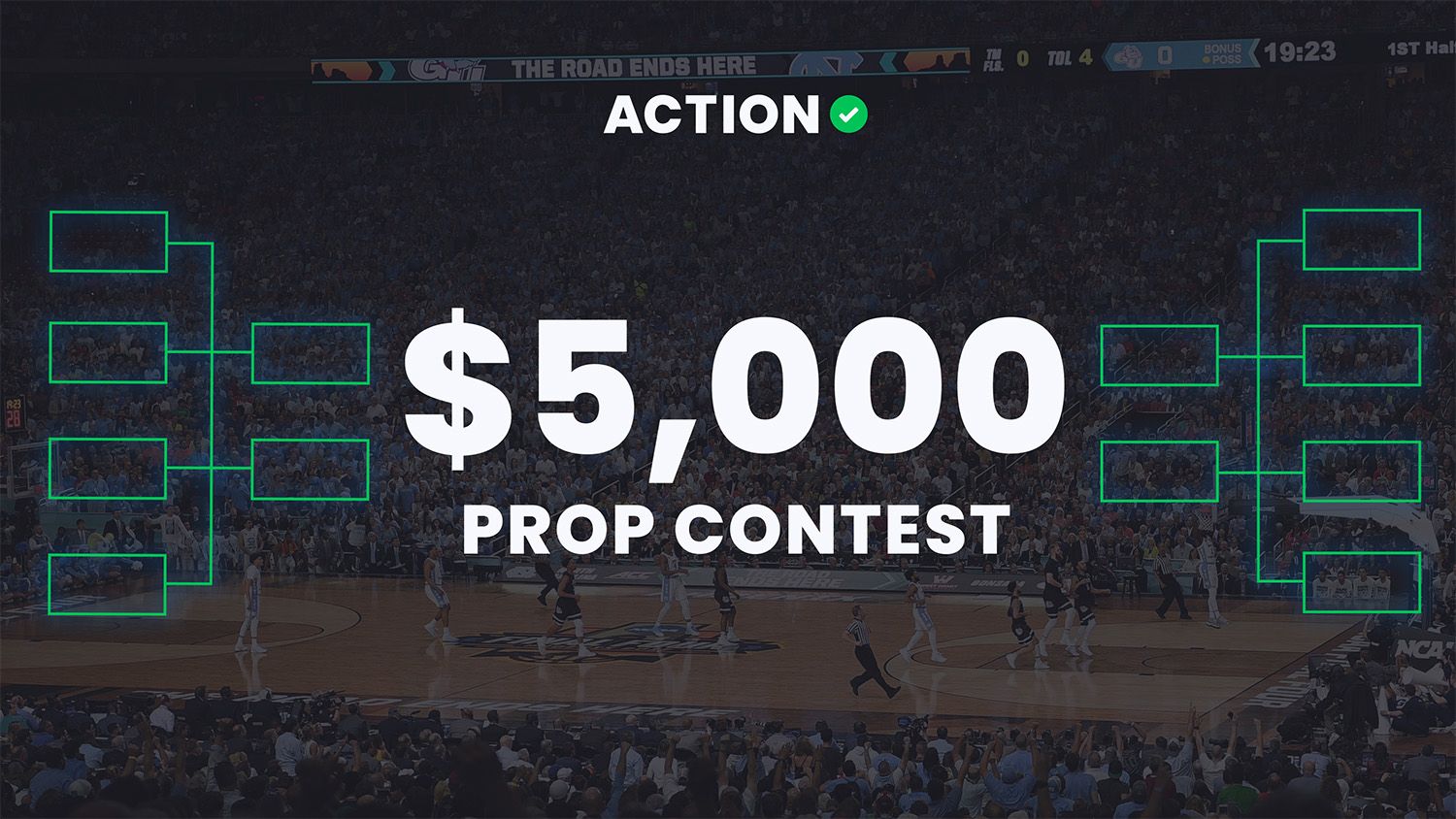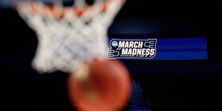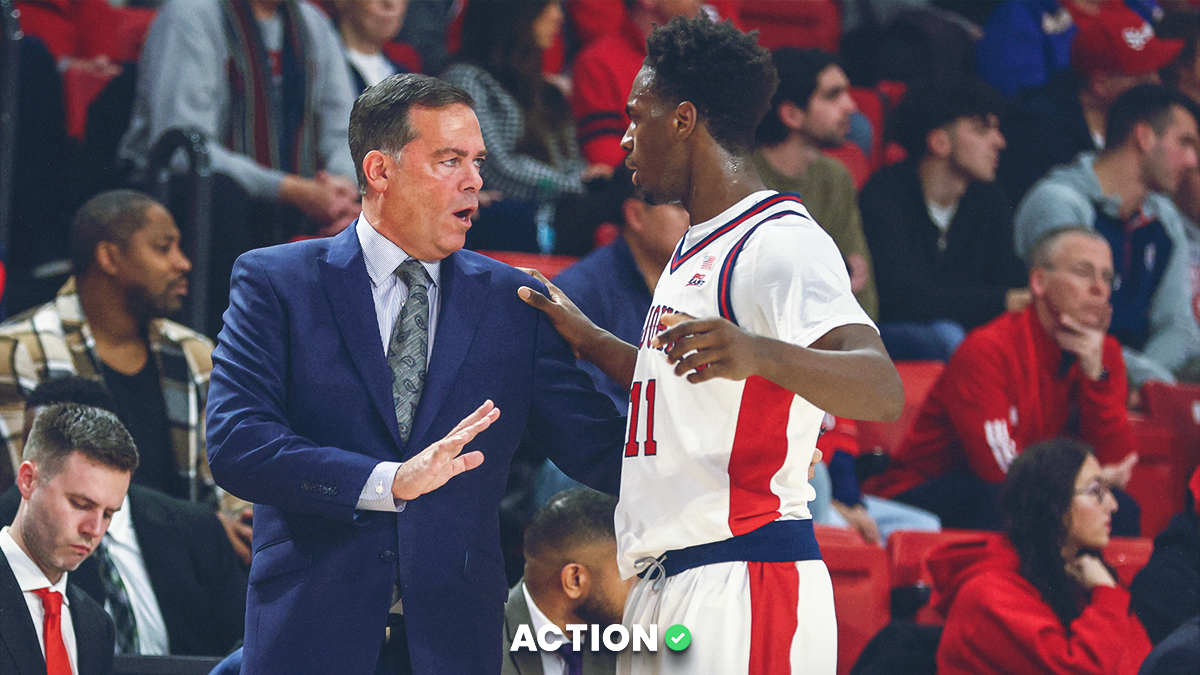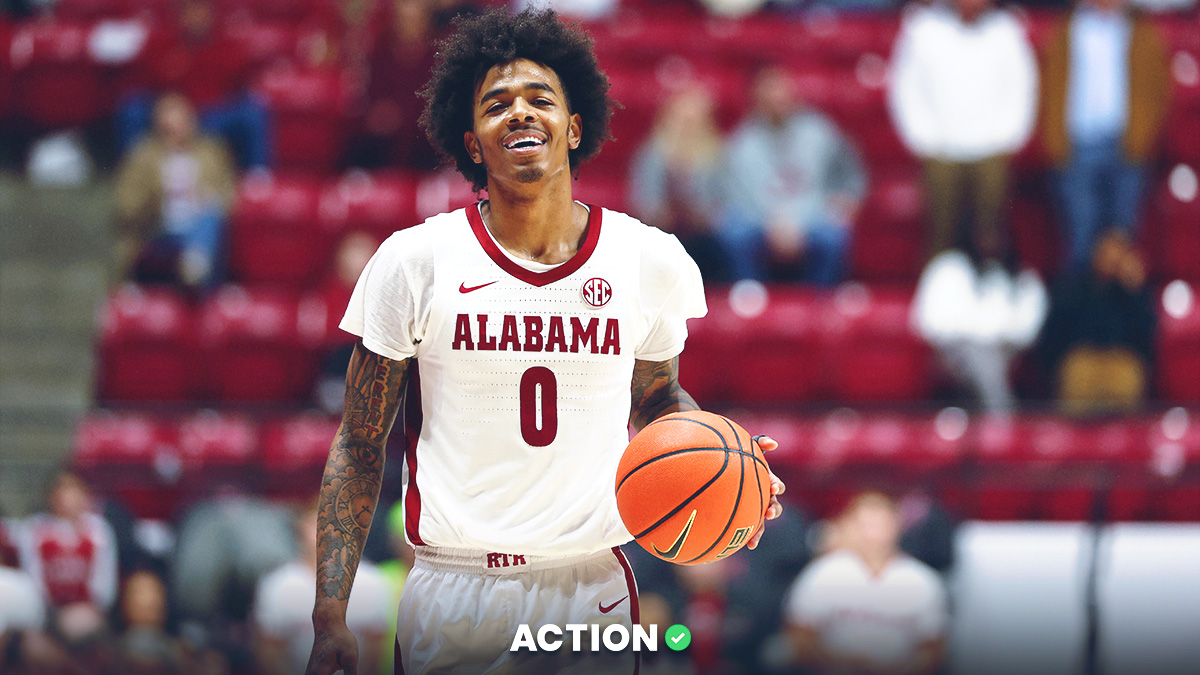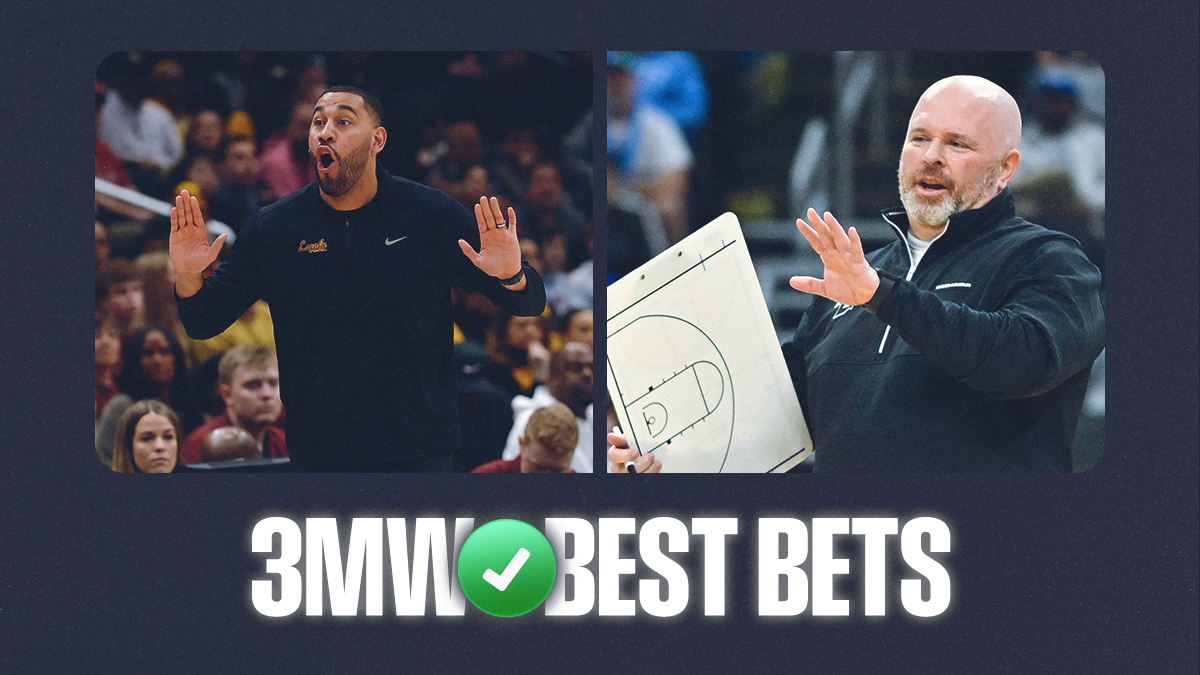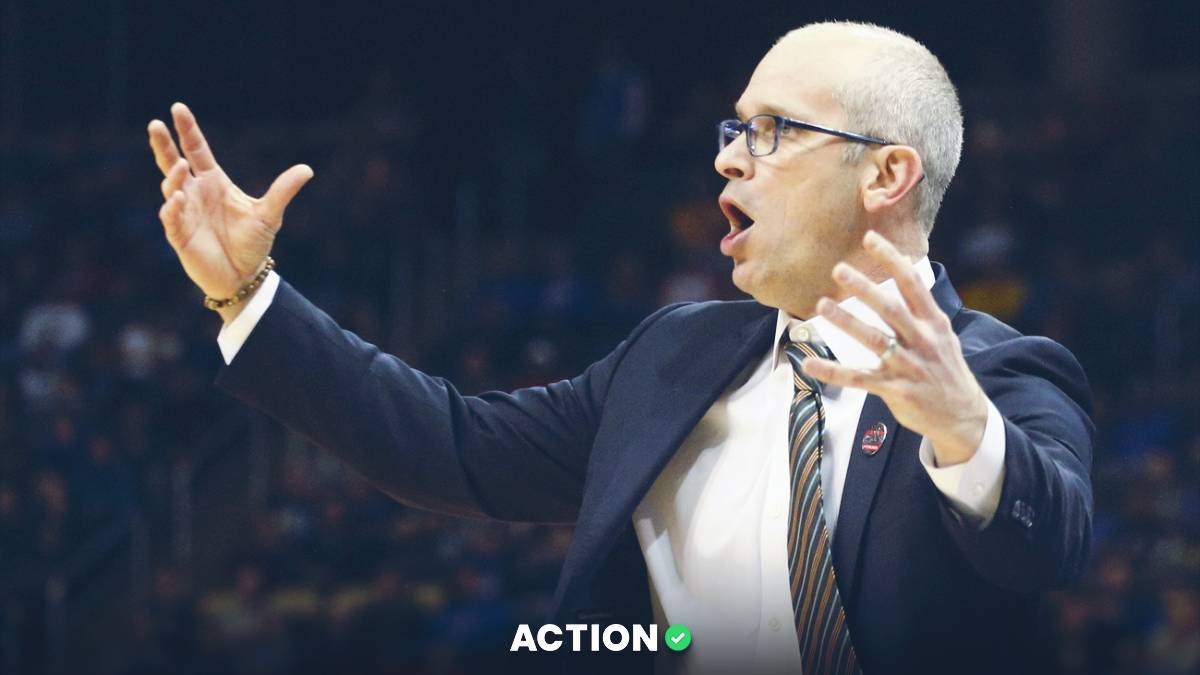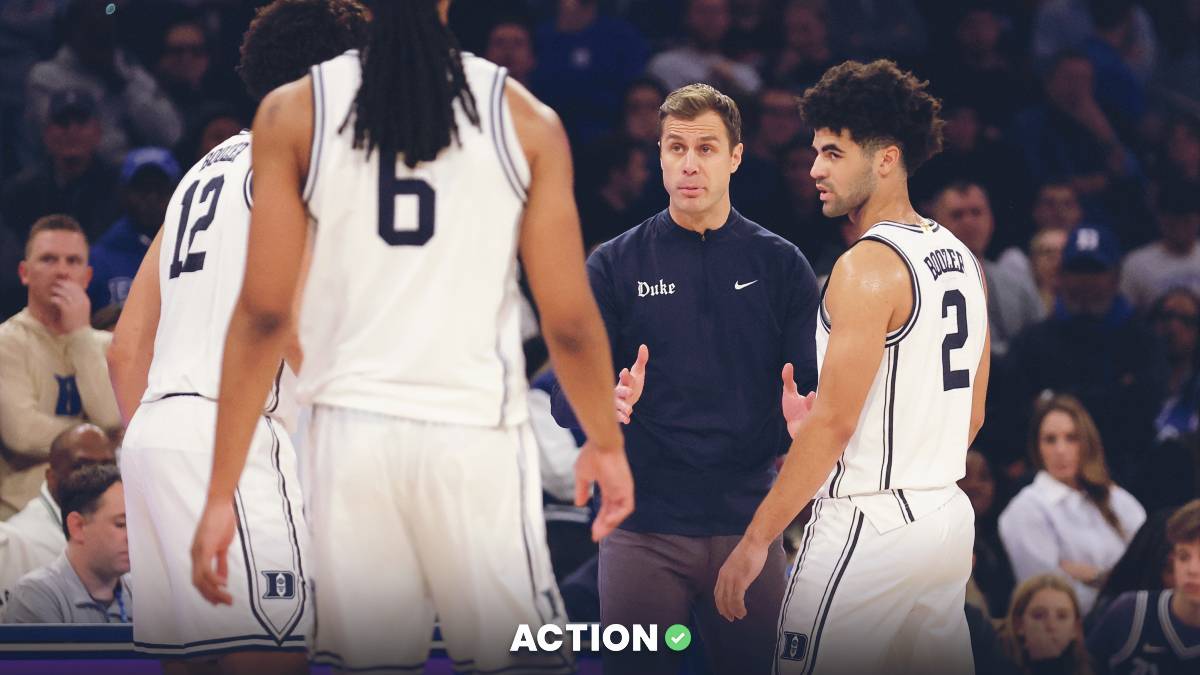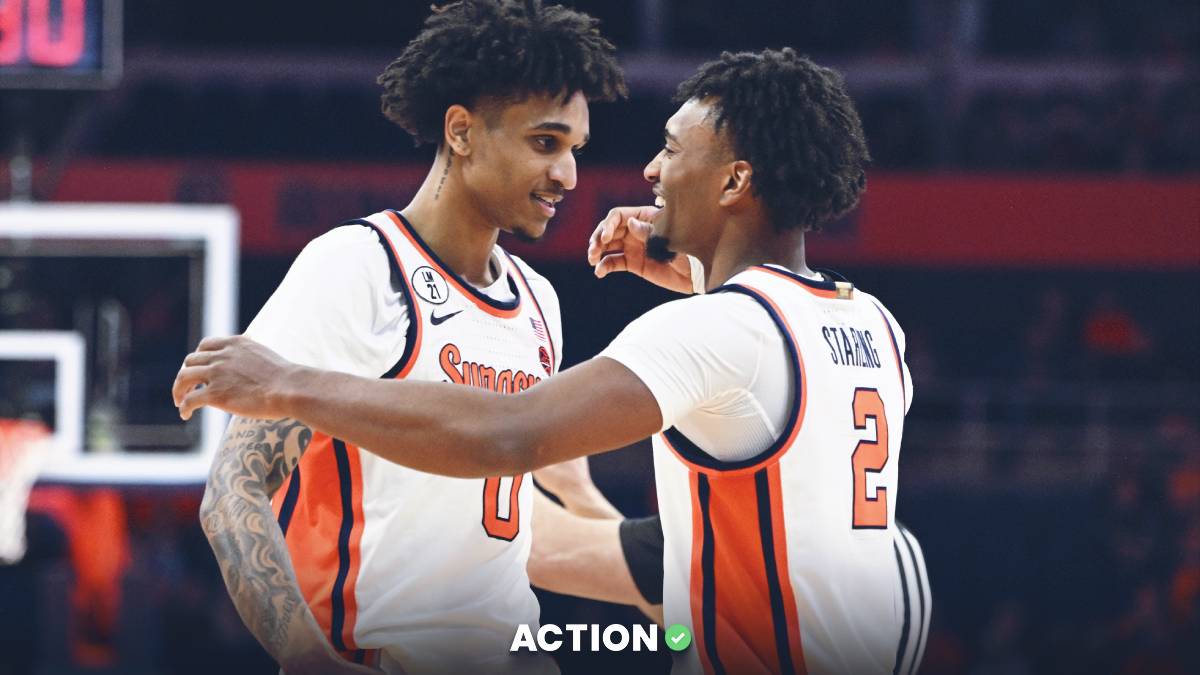- Haven't watched college basketball all season, but want to win your NCAA Tournament bracket anyway? Of course you do. Chris Raybon is here to help.
- Truly understanding the type of contest that a bracket pool is can be an advantage, even if your competitors know more about college hoops.
- Picking fewer upsets in the early rounds, more upsets in later rounds, and aiming to win your pool (not pick a perfect bracket) will all give you a leg up.
Keeping up with college basketball is….a lot. So many teams, so many players and barely a passing resemblance to the pro game.
A far less intimidating task than avidly keeping up with college basketball is winning your college basketball bracket.
Bracket pools are games of game theory and strategy much more so than they are about specific college basketball knowledge.
Here's how to win your college basketball bracket even if you spent the last 11 months forgetting the sport even existed.
Know the Odds & Pick Fewer Upsets
What you really need is the optimal way to leverage your naivety: the naive model. The naive model essentially answers the question "what is most likely to happen given the bare minimum of known information?"
In this case, without knowing anything about the individual teams and how they match up, you can still get a great sense of how things will play out by looking at the seeds involved in each matchup.
Below are the odds of advancing to each round by seed since 1985.
The tournament starts with four regions of teams seeded 1-16, with the No. 1 facing No. 16, No. 2 facing No. 15, and so forth. So, right off the bat, we can use the first column to get some basic insight to guide picks for the first round.
- The higher-ranked seed is more likely to win every Round 1 matchup except in the 8-9 matchup.
- There's a huge drop-off in upset likelihood from teams seeded 9-12 to teams seeded 13-16.
We can also use the data for process of elimination:
- Teams seeded 15th or lower have <1% chance of advancing to the Sweet 16
- Teams seeded 12th or lower have <1% chance of advancing to the Elite 8
- Teams seeded 9th or lower have never advanced to the championship game
There is a benefit to going contrarian in a contest like this, but having that baseline of historical knowledge helps to narrow down your choices and not get overly out-of-pocket.
Aim to Win Your Pool, Not to Fill Out a Perfect Bracket
The traditional odds of picking every game correctly, if each matchup is considered a 50-50 shot, is one in 9.2 quintillion. For reference, a quintillion is one billion billion.
Whether they reach the conclusion intuitively or after looking at the data above, most novices understand there will be quite a few upsets, especially in the first round. In turn, they get too upset-happy in Round 1 in a misguided attempt to attain a perfect bracket.
What they don't realize is that instead of asking "how can I maximize my chances to complete a perfect bracket?", what they should be asking is "how can I maximizes my chances of winning my pool?"
The two paths don't align: Attempting a perfect bracket necessitates picking more upsets, while winning your pool necessitates maximizing your points.
Most pools award points in such a way that games in each subsequent round contribute exponentially to your total score. For example, in ESPN's tournament challenge, the amount of points awarded for each correct pick doubles each round.
One of the biggest mistakes you can make is being too aggressive with picking upsets in the Round of 64, when each correct pick means the least. The smart play is to take a more conservative approach early, understanding that even if you don't nail every upset in the Round of 64, picking more favorites early will allow your bracket to "self-correct" later on.
For example, among the seeds ranked in the lower half (9-16), only the No. 10, 11 and 12 have greater than a 5% chance of advancing to the Sweet 16. This means the odds of at least one of the four teams seeded at either No. 9, 13, 14, 15 or 16 reaching the Sweet 16 each top out at under 20%, and the odds of one of the four teams seeded at No. 10, 11, or 12 reaching the Sweet 16 are no better than 50-50.
In other words, the most likely outcome for a team that nets an upset in the Round of 64 is to be knocked out by a higher-seeded team in the next round. So while picking mostly favorites early all but guarantees that you're conceding your infinitesimal chances at a perfect bracket, you're maximizing your chances of having a more accurate bracket down the line, where each correct pick is worth more, i.e., trading small losses for big gains.
Also remember that how aggressive you are also depends on the size of the pool, potential payout and number of entries allowed. In a nationwide pool such as ESPN's, the high numbers of entrants and submissions allowed means you should probably have a few more upsets than in an office pool with a dozen participants where your odds of winning via an ultra-conservative approach while your opponents beat themselves are much higher.
Be More Aggressive With Picking Upsets Deeper in the Tournament
Rather than trying to nail low-probability upsets in the Rounds of 64 and 32, concentrate your upset picks to the final four rounds of the tournament, starting with the Sweet 16. Since 1985, only No. 1 seeds have reached the Elite 8 more than half the time (69.3%), and the odds of all four No. 1 seeds reaching are 23.0%.
By the same token, nearly 40% of all Final Four teams have been seeded outside the top 2, (with most falling in the 3-8 range).
By the time the field is cut down to 16, games will generally be more evenly matched, as many of the lower-ranked seeds will have been eliminated.
While beginners tend to be overly aggressive early, the biggest mistake they make is being too rigid late, with an Elite 8 comprised exclusively of No. 1 and 2 seeds and a Final Four comprised of exclusively No. 1 seeds.
ESPN gives public pick percentages for each team, so you can get a good sense for who is going to be popular in advance of the tournament and try to pivot off some of those teams. Taking the least popular No. 1 seed in 2019 (Virginia) paid off. So far this year, users like all four No. 1 seeds to reach the Final Four.
Pick Specific Upsets Based on More than Seeding Alone
While understanding each team's odds based on seeding is a great starting point, a bit of extra research can help you identify the most vulnerable favorites and the livest dogs. Here are some data points to look for:
3-Point Attempt Rate
From one game to the next, a team's shot profile (how often it attempts 2s, 3s, free throws) will be more consistent than the rate at which it makes those shots, and this is especially true for shots from long distance. Since 3s are worth more than any other shot, their inherent volatility can create huge swings in games and lead to unexpected results in a one-game sample.
Favorites who rely on making a lot of 3s are more liable to have an off night than those who rely more on closer-range shots, making them more vulnerable to being upset.
The same is true for underdogs who take a lot of 3s. Even if they shoot a poor or mediocre percentage over the course of a season, they are liable to get hot for one game and send a higher-seeded team packing.
Team-by-team three-point attempt rate can be found at College Basketball Reference.
Pace
The fewer possessions there are in a game, the fewer opportunities there are for a favorite's true edge to play out. Basketball is a game of runs, and a slow-paced game could result in the better team not having enough time to make the one last run it needs to come out on top.
When looking for potential upsets, picking the underdog in a game that features two teams that rank near the bottom of the nation in pace is a good place to start.
Team-by-team pace stats can be found at College Basketball Reference.
Power Ratings
When attempting to decipher how two teams match up — especially in the rounds for which the matchups aren't set yet, and thus no Vegas odds are available — it can be a good idea to consult team power ratings based on advanced metrics that account for conference and strength of schedule, etc., such as Ken Pomeroy's Adjusted Efficiency Margin ratings.
Especially in the later rounds when matchups tend to feature more evenly matched seeds, don't assume the higher-rated seed or the team with the better record is superior — the advanced metrics may tell a different story.
Vegas Odds
Vegas odds for the first round of matchups are already out, and these can be leveraged to alert you of any situations where a higher-seeded team isn't actually considered the favorite (perhaps due to injury, suspension, etc.),
You can also use these to check for which matchups feature the smallest spreads, which obviously lend themselves better to picking the underdog to pull off the upset.
You can also use Championship futures odds to check for any discrepancies between those odds and seeding to identify potential flops and Cinderellas.
You can view live college basketball odds here.



